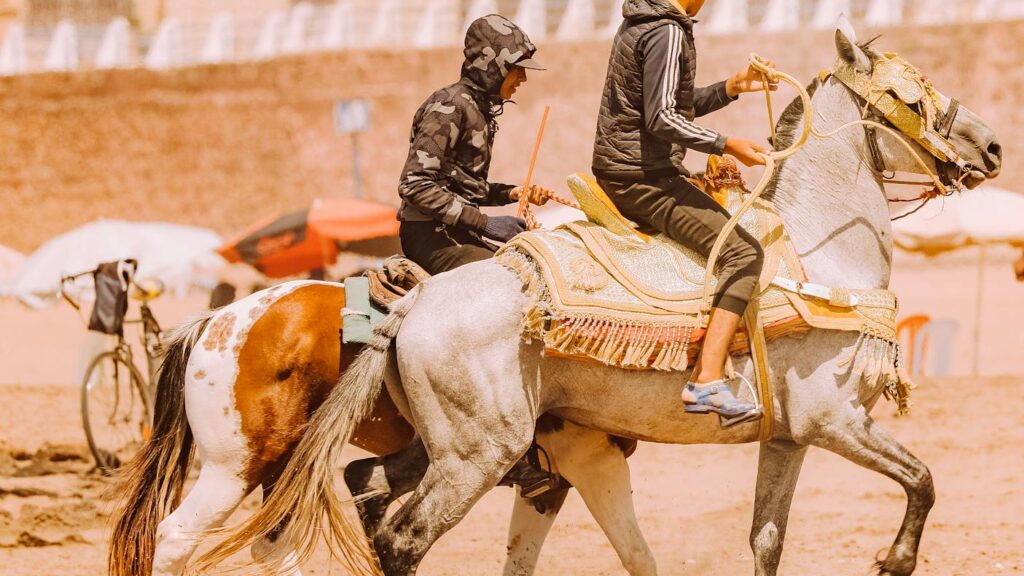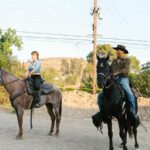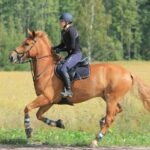Riding in a group can be one of the most enjoyable experiences for horse owners, but it can also present unique challenges. Even well-trained horses can become anxious, competitive, or overstimulated when surrounded by other equines. Whether you’re planning to join trail rides, participate in group lessons, or compete in shows, teaching your horse to remain calm and responsive in group settings is an essential skill. This comprehensive guide will walk you through the process of training your horse to maintain composure and focus when riding with others, allowing both of you to have safe, pleasant experiences in any social riding situation.
Understanding Your Horse’s Social Nature
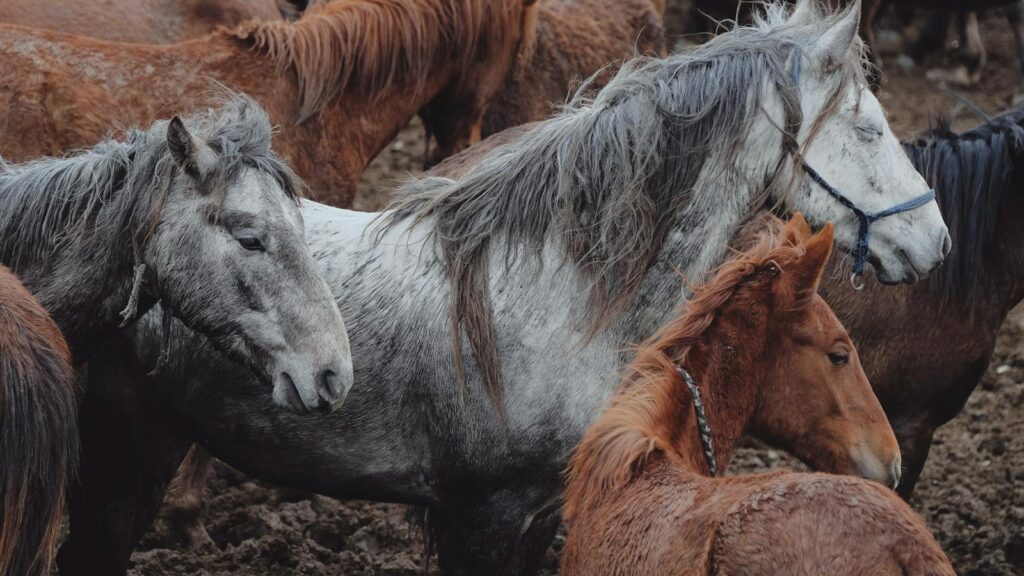
Horses are inherently social creatures that evolved to live in herds, where hierarchy and group dynamics play crucial roles in their behavior. This natural instinct doesn’t disappear when we domesticate them, which means your horse may instinctively want to follow other horses, establish dominance, or become anxious when separated from the group. Recognizing these natural tendencies is the first step in addressing group riding challenges. Your horse’s specific personality also factors into how they’ll behave in group settings—some are naturally more independent, while others become highly attached to their equine companions. Understanding your individual horse’s temperament and social preferences will allow you to tailor your training approach to their specific needs and challenges.
Establish Solid Groundwork First
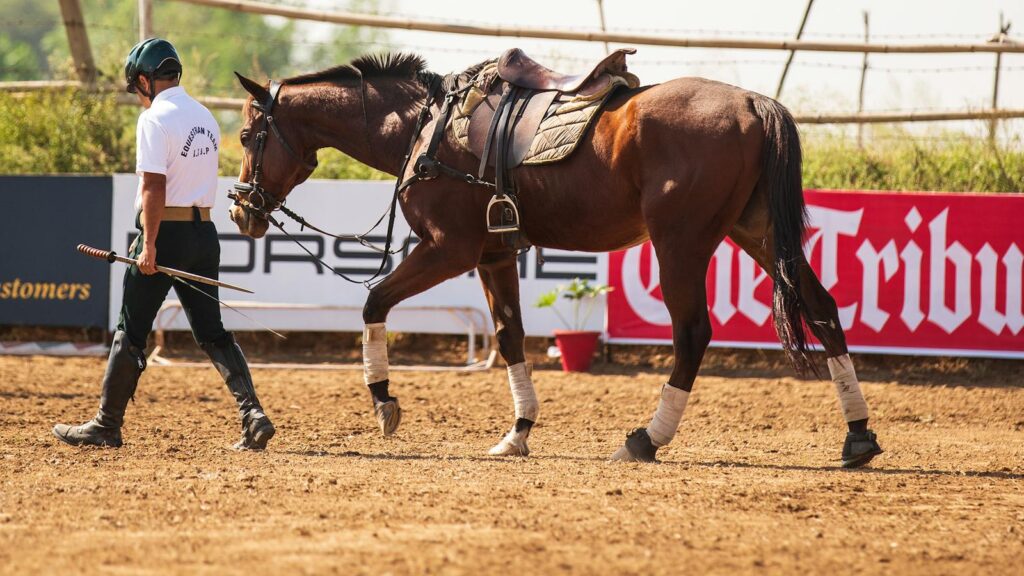
Before attempting group rides, ensure your horse has a solid foundation of basic training and responds consistently to your aids when riding alone. Your horse should reliably understand and respond to stopping, starting, and steering cues without resistance or confusion. Work on transitions between gaits until they’re smooth and controlled, with your horse maintaining the requested pace without rushing or lagging. Practice lateral movements and flexion to ensure your horse remains supple and responsive to subtle cues. These fundamental skills become even more important in group settings where distractions multiply, so invest adequate time perfecting them in controlled environments before introducing the additional challenge of other horses.
Create Positive Solo Experiences
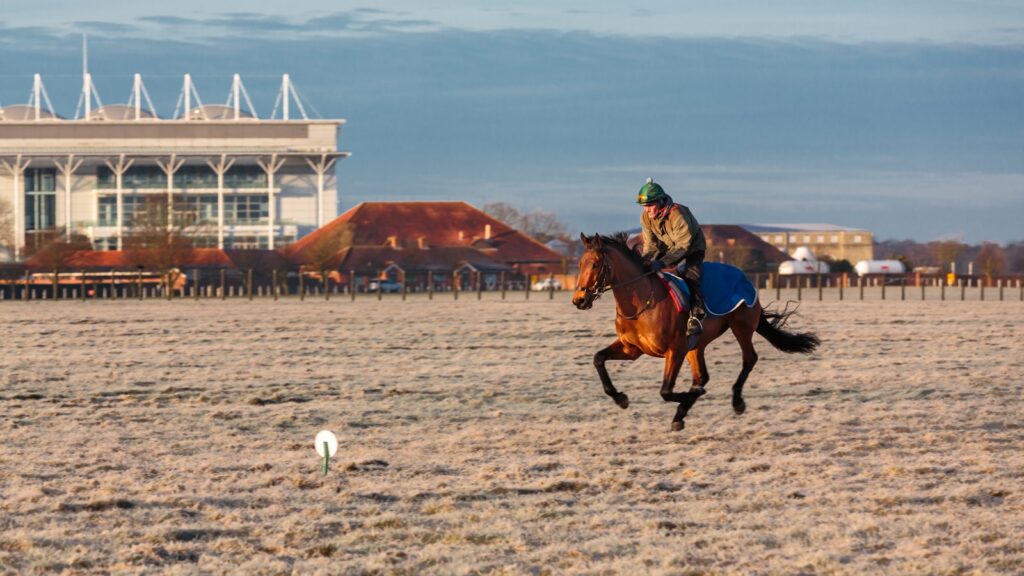
Building your horse’s confidence when alone is crucial before introducing group situations. A horse that’s uncomfortable being separated from others will struggle in group settings where they can’t always be next to their preferred companions. Gradually increase the distance and time your horse spends working independently of other horses. Make these solo sessions positive by incorporating variety, praise, and rewards. Take your horse on short solo trail rides, practice in different areas of your property, or ride in the arena when other horses are visible but not directly involved. These experiences help your horse develop the emotional resilience and focus needed to remain calm in more stimulating environments.
Introduce Group Exposure Gradually
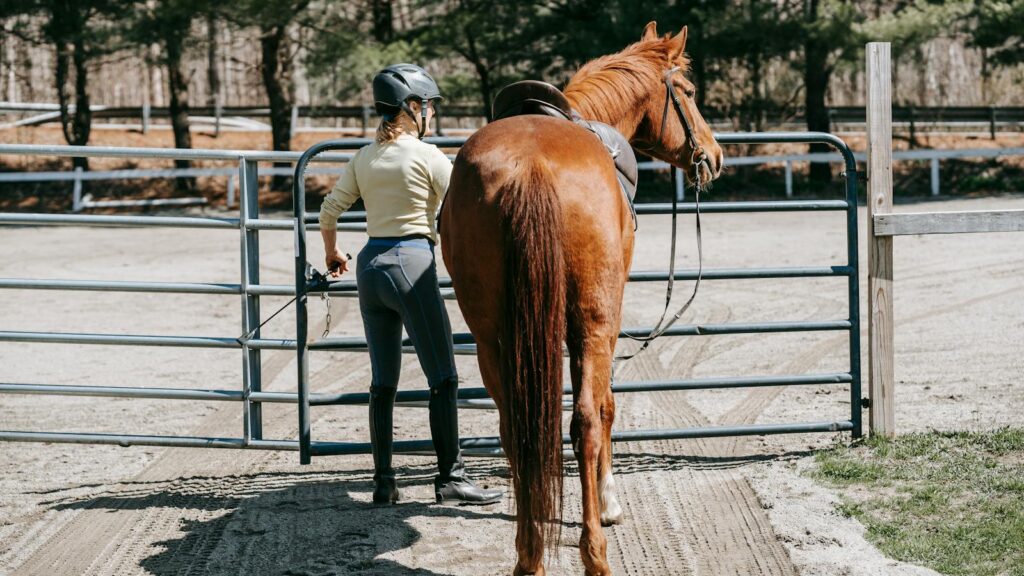
When beginning group training, start with minimal exposure to avoid overwhelming your horse. Consider riding with just one calm, experienced horse and rider before progressing to larger groups. Begin in familiar environments where your horse already feels comfortable, such as your home arena, before venturing to new locations. Keep initial group sessions short and positive, ending on a good note before your horse becomes overstimulated or fatigued. Gradually increase both the number of horses and the duration of group interactions as your horse demonstrates the ability to remain calm and focused. This incremental approach builds confidence without triggering anxiety or undesirable behaviors.
Master Spatial Awareness and Distance Control
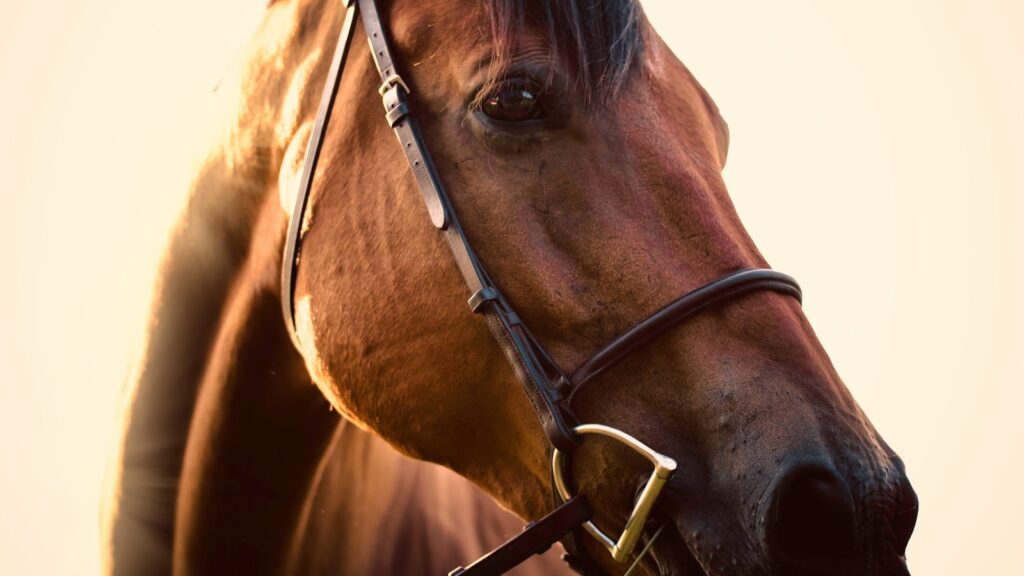
Teaching your horse to maintain appropriate spacing from other horses is fundamental to safe group riding. Practice approaching other horses and then maintaining a consistent distance, reinforcing the concept that your horse doesn’t need to be right next to others. Work on exercises where you vary your position within a group—moving from the back to the middle, or taking turns leading. Teach your horse to cross paths with others while maintaining focus on your cues rather than the other horse. These skills help prevent dangerous crowding situations and reduce the likelihood of kicks or bites resulting from horses getting too close to one another. Additionally, a horse that can maintain spacing is less likely to develop the dangerous habit of rushing to catch up when falling behind.
Address Buddy Sour Behaviors

Many horses develop strong attachments to particular equine companions, making them “buddy sour” and prone to anxiety when separated. This can manifest as refusal to leave the group, calling out frantically, or attempting to rush back to their friends. Address these behaviors by practicing approaches and departures from other horses, rewarding calm responses. Work with a consistent training partner to take turns moving away and returning to each other, gradually increasing the distance and duration of separation. Use positive reinforcement when your horse maintains composure when their buddy leaves. For severe cases, consider enlisting professional help, as buddy sour behaviors can quickly become dangerous when a horse panics about separation.
Maintain Leadership and Connection
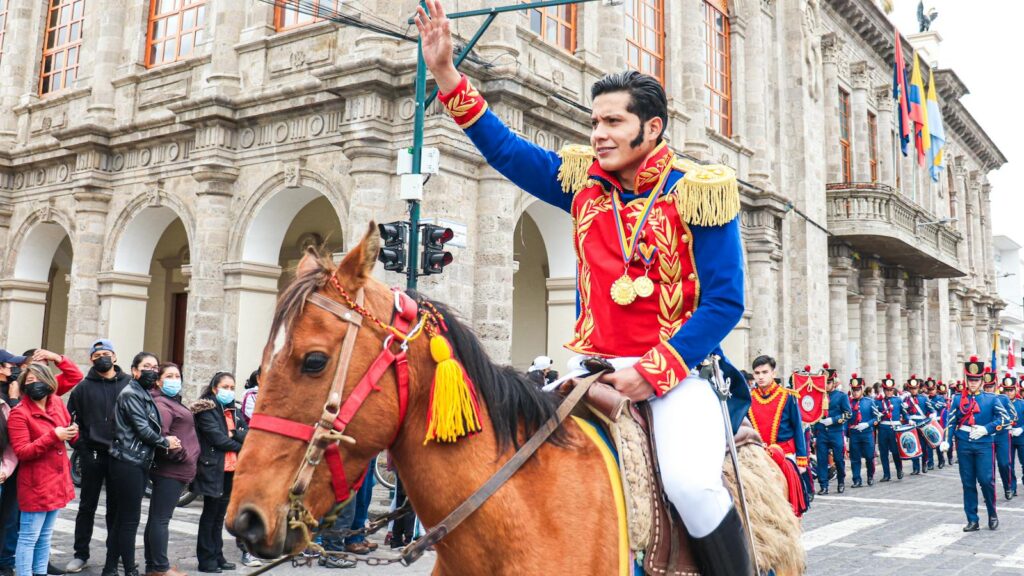
In group settings, your horse may be tempted to follow other horses rather than listen to your cues. Consistently reinforce your role as the leader by maintaining clear communication and expecting prompt responses to your aids. Regularly check in with your horse through transitions, changes of direction, and brief halts to remind them to stay tuned to you rather than the group. Practice exercises that demonstrate your control, such as asking your horse to stop while others continue or changing pace independently of the group. These leadership reminders help your horse understand that regardless of what other horses are doing, their primary relationship and focus should remain with you.
Manage Competitive Behaviors
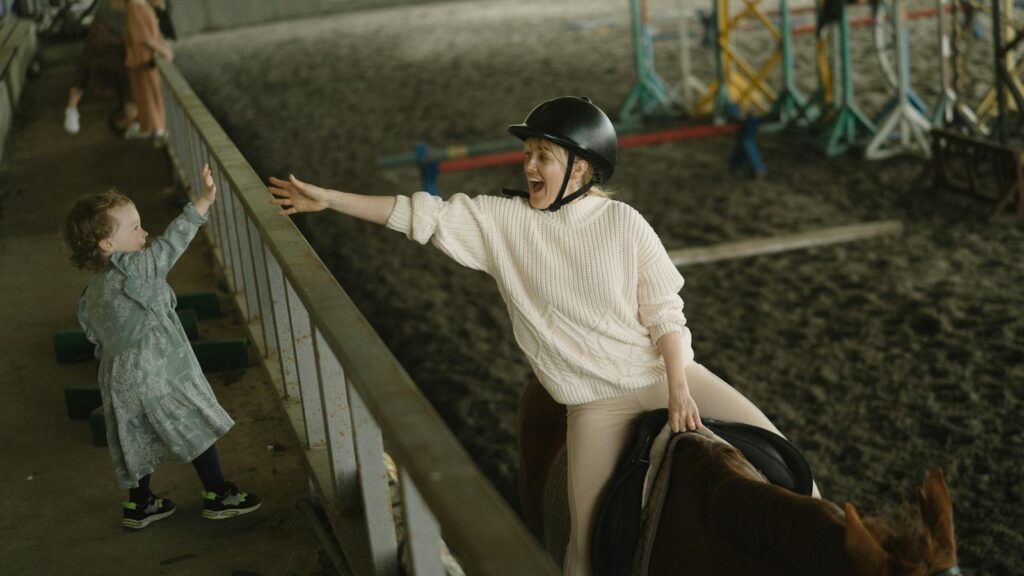
Some horses become naturally competitive in group settings, wanting to be in front or matching the speed of faster horses. This racing mentality can be dangerous and difficult to control, especially on trail rides. To address this, practice being at different positions within a group during controlled sessions, rewarding your horse for maintaining the pace you request regardless of where other horses are. Use half-halts and rhythm exercises to help your horse maintain self-carriage rather than rushing. Work with understanding riding partners who will help by creating scenarios where your horse must remain calm while others trot or canter ahead. With consistent training, most horses can learn to override their competitive instincts and respond primarily to their rider’s cues.
Desensitize to Group Specific Triggers
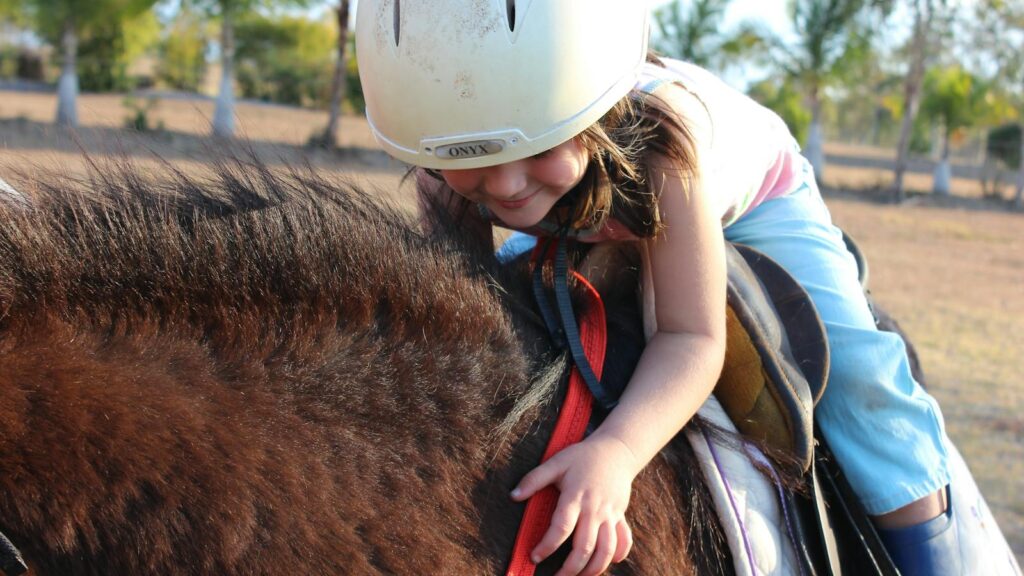
Group riding introduces unique stimuli that can startle even well-trained horses. The sound of multiple sets of hoofbeats, saddles creaking, riders chatting, and gear jingling can create an overwhelming sensory experience. Deliberately expose your horse to these sounds in controlled settings, perhaps by having friends help create similar noise levels during training sessions. Practice with various riding styles and equipment that your horse might encounter in group settings. Additionally, work on maintaining calm when other horses become excited or misbehave, as emotional states can be contagious among equines. This targeted desensitization helps prevent startled reactions that could escalate into dangerous situations during actual group rides.
Use Calm Equine Role Models
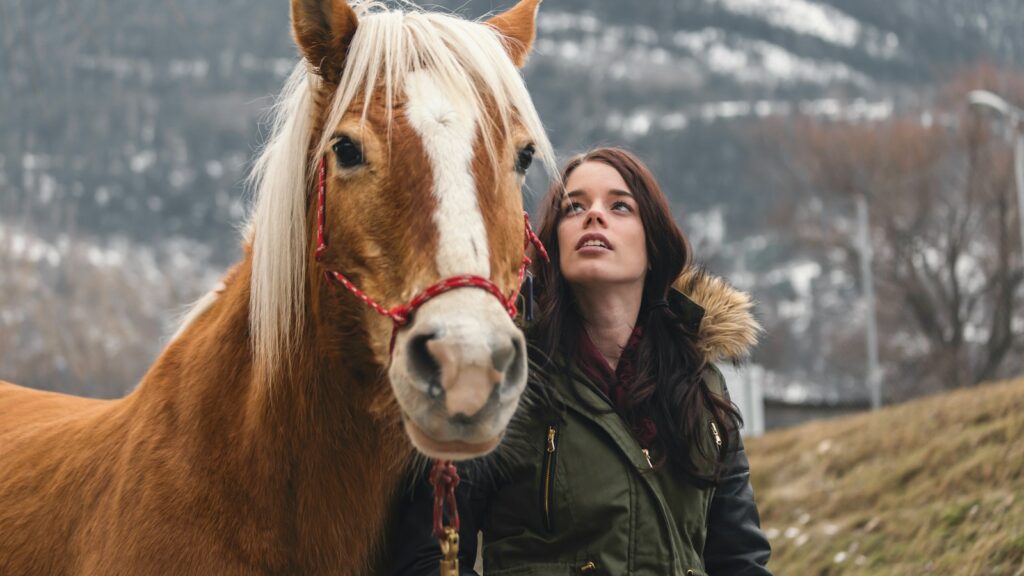
One of the most effective training tools is riding with experienced, well-behaved horses who can demonstrate appropriate behavior for your less-experienced mount. Horses naturally learn through observation, and many will mimic the calm, confident demeanor of seasoned horses. Seek out riding partners with steady, reliable horses who can help teach your horse appropriate group etiquette. Position your horse where they can observe the good example, perhaps riding behind the steady horse initially. As your horse gains confidence, you can gradually position them alongside or even in front of the role model. This peer learning can accelerate your training progress significantly, especially with younger or naturally anxious horses.
Practice Emergency Responses
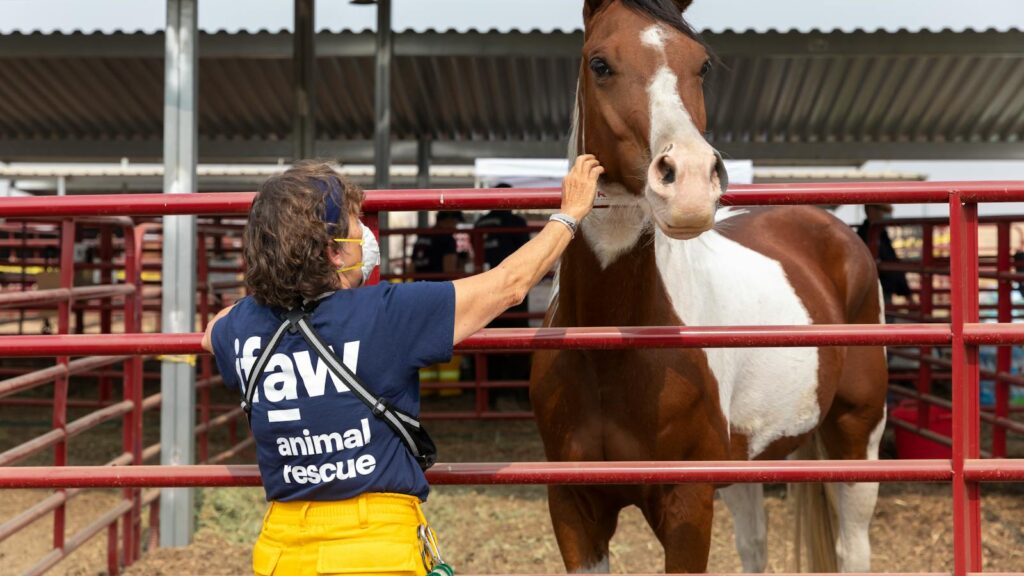
Even with thorough training, unexpected situations can arise during group rides, so preparing for emergencies is essential. Practice emergency stops and turns in controlled group settings so your horse learns to respond to your aids even when other horses continue moving. Teach your horse to stand quietly if you need to dismount while others remain mounted. Work on moving away from the group quickly if needed, such as when another horse is behaving dangerously. These emergency responses should become automatic through consistent practice, giving you confidence that you can control your horse even in high-pressure situations. Additionally, discuss emergency protocols with your riding group so everyone understands how to react if a horse becomes unmanageable.
Consider Professional Support
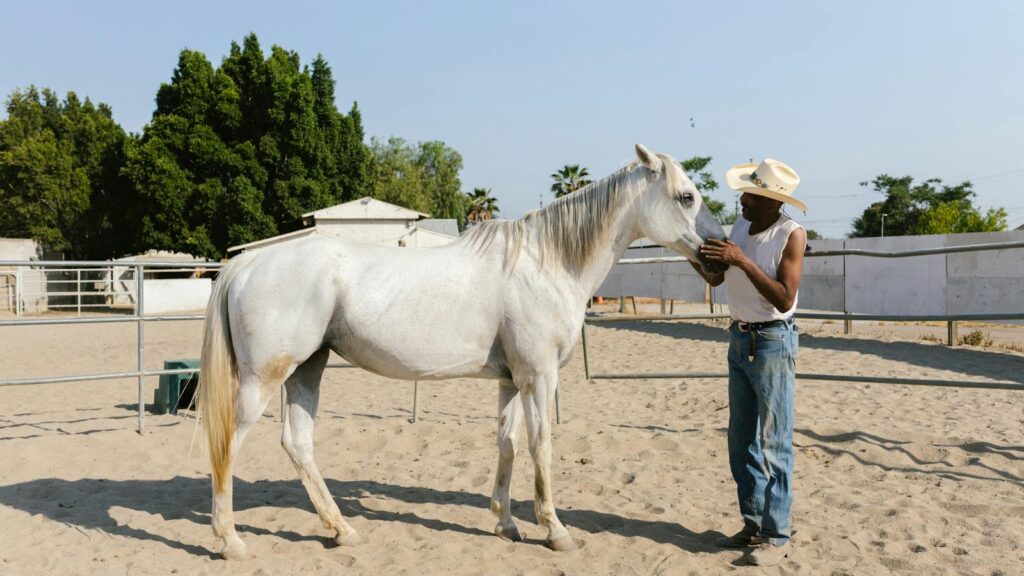
If your horse displays persistent anxiety or dangerous behaviors in group settings despite your best training efforts, seeking professional help can be invaluable. Certified trainers with experience in group riding challenges can provide specialized techniques tailored to your horse’s specific issues. They can also objectively assess whether your riding skills might be contributing to the problem and offer guidance to improve your effectiveness. Group lessons with a qualified instructor provide a controlled environment to practice group riding under expert supervision. Some horses benefit from professional training where they participate in regular group rides with an experienced rider before transferring those skills to their owner.
Maintain Consistent Reinforcement
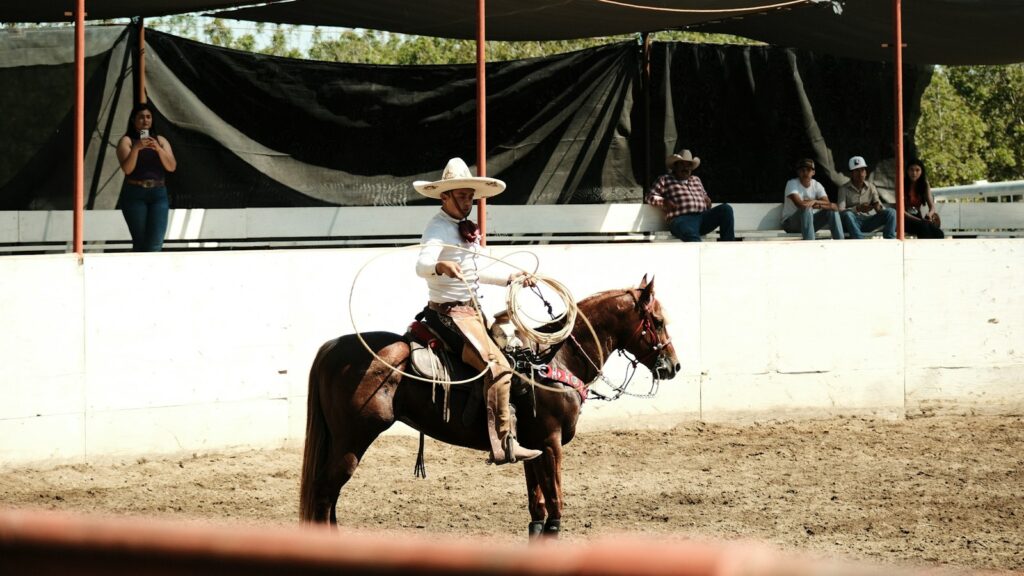
Training a horse to ride calmly in groups isn’t a one-time achievement but an ongoing process requiring consistent reinforcement. Schedule regular group riding opportunities to maintain the skills you’ve developed rather than only riding in groups occasionally. Be prepared to revisit basic training elements if your horse begins to regress or develops new challenges. Celebrate small improvements rather than expecting perfection, as each positive experience builds your horse’s confidence for future group situations. Remember that environmental factors like weather, season, and location can affect your horse’s group behavior, so be prepared to adjust your expectations and training approach accordingly. With patience and persistence, most horses can learn to enjoy group riding experiences while remaining responsive and calm.
Conclusion
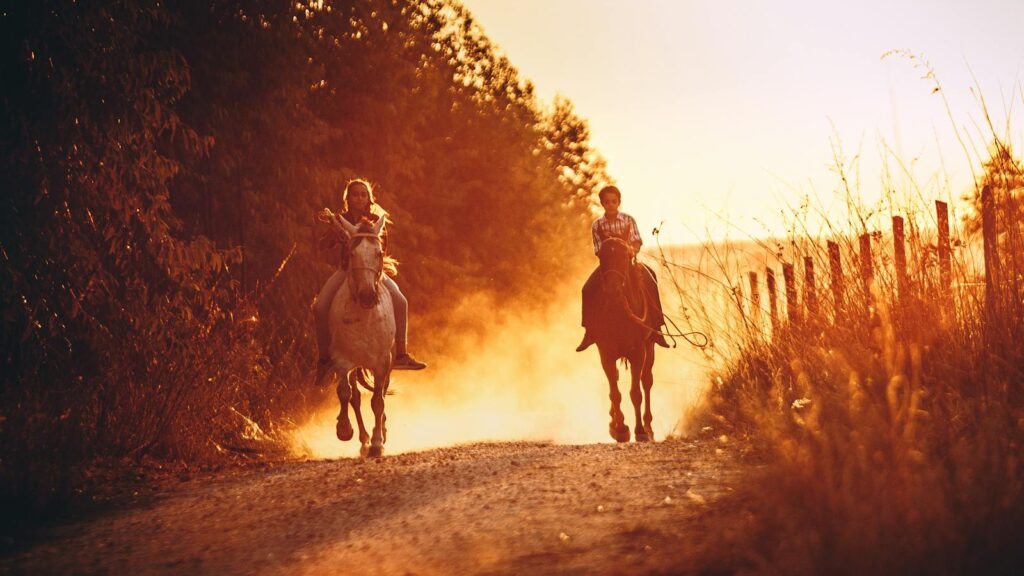
Training your horse to ride calmly in a group requires patience, consistency, and a thoughtful approach that respects both your horse’s natural instincts and the skills needed for safe group interaction. By building a solid foundation, introducing group exposure gradually, and addressing specific challenges like spacing, competitiveness, and buddy-sour behaviors, you can develop a mount that remains reliable in any social riding situation. Remember that this training is an investment in safety and enjoyment for both you and your horse, opening up opportunities for trail rides, clinics, competitions, and the wonderful camaraderie that comes with shared equestrian experiences. With time and consistent work, your once-anxious or distracted horse can become a confident, focused partner who handles group riding with the same composure as they display when riding alone.

